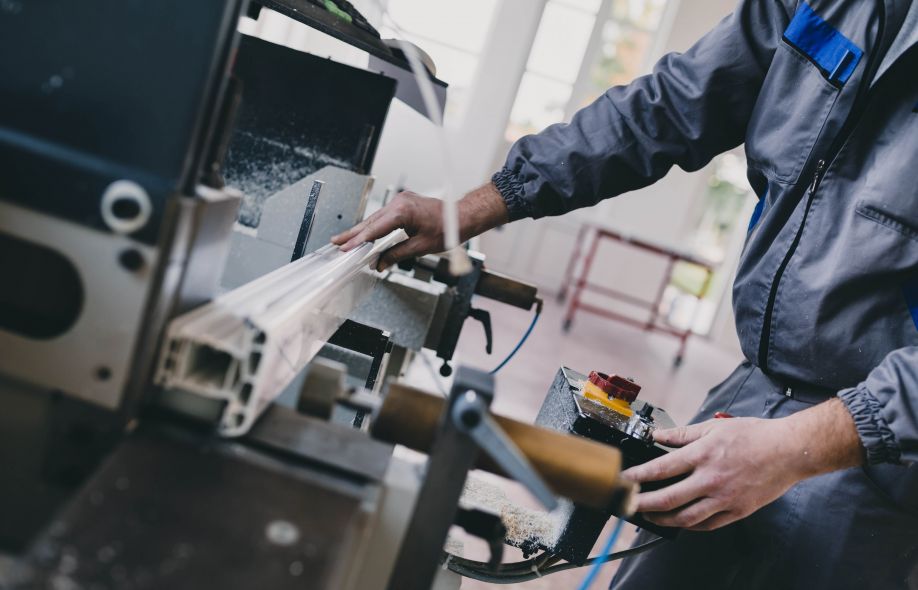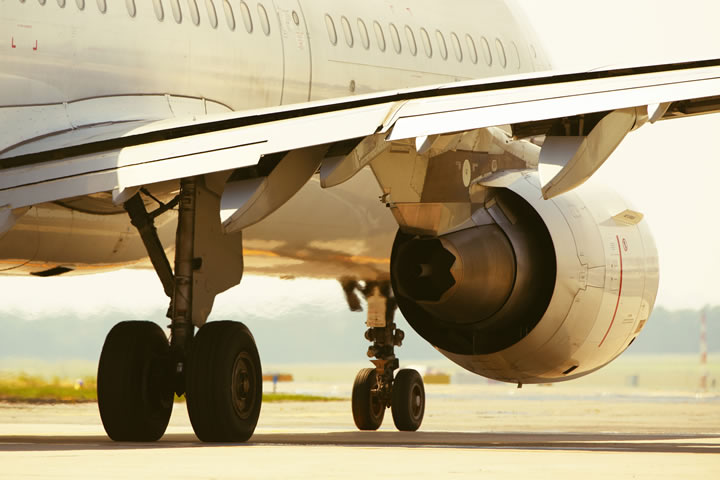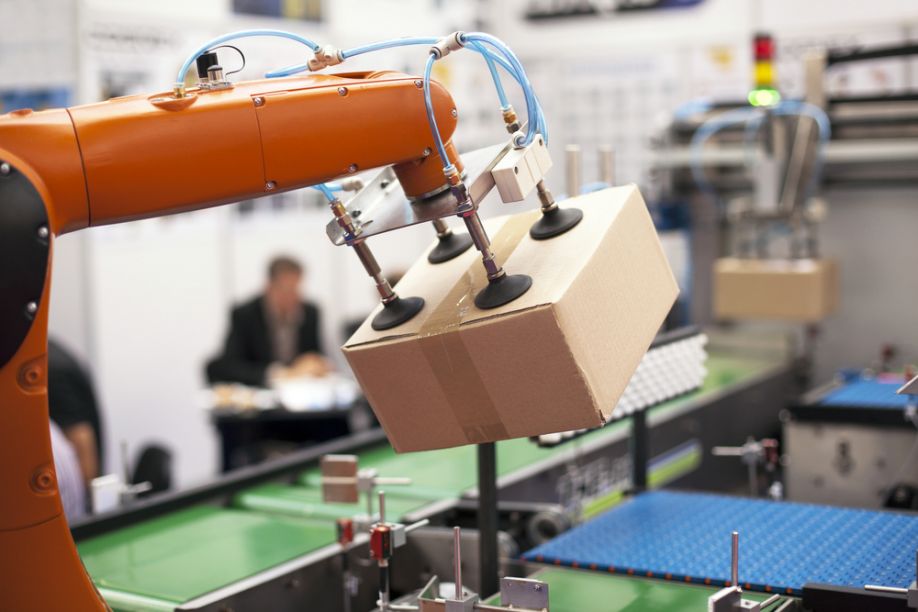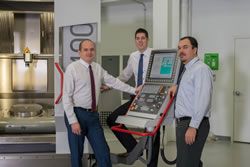Mitsubishi Electric Achieves Guinness World Record for Fastest Robot to Solve a Puzzle Cube
A project team of young engineers from Mitsubishi Electric Corporation beat the previous record by 0.075 seconds using a robot equipped with high-speed, high-precision factory automation equipment and control technology.
The Future Of Industrial Automation - Trends And Technologies To Watch
As industries adopt data-driven operations, there is increased demand for advanced technologies. These technologies maximize the potential and returns on investment in industrial automation systems.
The affordable way to upgrade to a smart factory - Retrofitting legacy equipment
According to the Sprinting to Value in Industry 4.0 report, 53 percent of plant managers surveyed said adopting Industry 4.0 is a concern, with only one in four seeing financial opportunities from these advances.
It's time for change - Technology essential to tackle climate change
To pursue a sustainable future, manufacturers need to find options to increase energy efficiency. Industrial robotics is an ideal way to help improve sustainability and minimize the environmental impact of manufacturing activities.
10 Tips for Writing an Effective RFP or URS
If you have ever sourced custom machinery or factory automation you are familiar with a Request for Proposal (RFP) or User Requirement Specification (URS). The requests are written with content and styles that vary, but the effective ones share some common features.
Automation Improving Warehouse Safety Conditions During a Pandemic
Amid rising demand, warehouses have had to increase productivity, but keeping too many workers in a facility can be a health risk. By implementing more robotics, warehouses could artificially expand their workforce.
Edge AI technology In Manufacturing Operations
A downside of so much automation is that there is now a heavier dependence on machinery/robots to perform action. For some lines, if one of robot goes down, the entire line does.
Determining Cost-Effective Error Recovery in Automation Plants
This article presents a research study that determined the optimal error recovery method from a cost standpoint. And, while this research study only considered cost in error recovery, it shows the potential value of error recovery planning in automation plants.
Control & Automation with Vision™ V700 for Packaging & Bagging Systems
When a major producer and packager of balanced feed for livestock such as poultry, swine, and horses, house pets, and fish farming needs turned to them for a an efficient, fast, and reliable packaging solution, IGCP Engineering turned to Unitronics.
Made in America - Automating for Growth
Despite deploying six-axis robots in automotive production as early as the 1960s, America has an unusual relationship with automation. The technology is still largely seen as a threat to American jobs.
The First Step to Automating Your Production Line
Other countries, as well as your competitors, are adopting new automation technologies that are allowing them to be more competitive. Look at automation concepts as an opportunity to keep yourself and company relevant.
Interview with Manuel Merkt, Vice President of Operations, Hermle Machine Company
Hermle is building and preparing not only for the present, but for the future as well. We are a company that looks ahead and plans with a great vision, so I can only believe that we will see some significant changes in the future.
Is a Robot After Your Job?
Robots may be after your job, but you could be their boss.
Robotics, automation, and how a strong network is needed to connect it all up
Manish Sablokk for IoTTech: Cutting-edge robots and other advanced smart machines are set to be added into the rapidly expanding Internet of Things, which is projected to reach 25 billion devices by 2020. Robotics has already been used in manufacturing to great effect for over a decade, performing delicate and precise tasks with a higher success rate than humans. With advancements such as 'deep learning' robots, delivery drones and ubiquitous knowledge-sharing between machines, widespread robotics adoption is becoming far more feasible.
In healthcare, there are already robotic services in operation with automated pharmacy dispensing and robotic trolleys - robots that can navigate between floors and even call the lift using a Wi-Fi sensor. The hospitality sector has also been a keen adopter of robotics to deliver services and in education, robots are being deployed successfully as a tutor, tool or peer in learning activities, providing language, science and technology education. Cont'd...
MIT Food Computers
From MIT: The Food Computer is a controlled-environment agriculture technology platform that uses robotic systems to control and monitor climate, energy, and plant growth inside of a specialized growing chamber. Climate variables such as carbon dioxide, air temperature, humidity, dissolved oxygen, potential hydrogen, electrical conductivity, and root-zone temperature are among the many conditions that can be controlled and monitored within the growing chamber. Operational energy, water, and mineral consumption are monitored (and adjusted) through electrical meters, flow sensors, and controllable chemical dosers throughout the growth period.
Each specific set of conditions can be thought of as a climate recipe, and each recipe produces unique results in the phenotypes of the plants. Plants grown under different conditions may vary in color, size, texture growth rate, yield, flavor, and nutrient density. Food Computers can even program biotic and abiotic stresses, such as an induced drought, to create desired plant-based expressions... (project homepage)
Records 1 to 15 of 15
Featured Product

Super Air Knife Replaces Blowers & Saves Energy
Super Air Knife reduces compressed air usage & noise when compared to other blowoffs. The Super Air Knife offers a more efficient way to clean, dry or cool parts, webs or conveyors. It delivers a uniform sheet of laminar airflow across entire length.
https://exair.co/184_523
Manufacturing and Automation - Featured Company

OnLogic
OnLogic is a global industrial computer manufacturer who designs highly-configurable, solution-focused computers engineered for reliability at the IoT edge. Their systems operate in the world's harshest environments, empowering customers to solve their most complex computing challenges, no matter their industry. OnLogic has helped more than 70,000 customers worldwide advance their ideas with computers that are designed to last, built to order and delivered in days.


.jpg)












